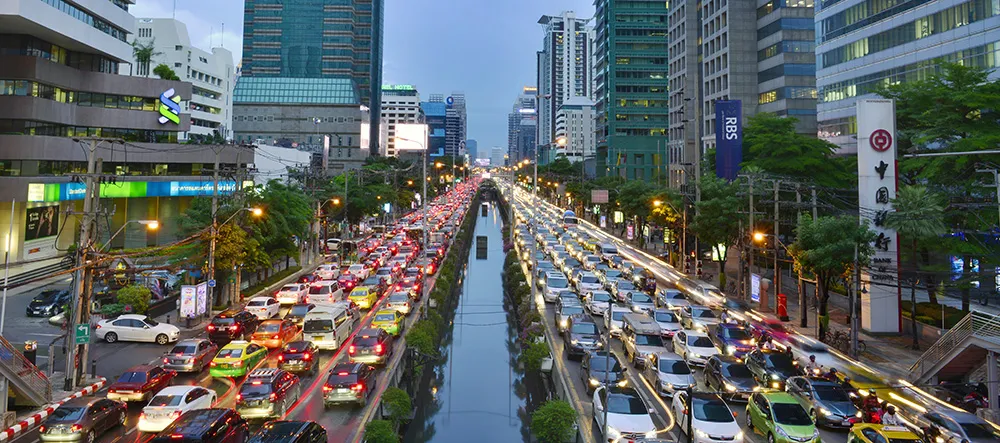
In a March 28, 2016 press release, Shailen Bhatt, CDoT Executive Director stated, “We know from experience that we can’t build our way out of congestion.”
A 13-mile stretch between Empire and Idaho Springs employs a shoulder lane for emergencies in the offseason that doubles as an Express lane during the peak travel season. Twenty-three Daktronics Vanguard displays alert drivers to lane status, toll rates, speed limits and safety information such as rock slides and accidents. Dynamic pricing determines the toll that drivers pay to use the lane, which can cut their drive time by 30 minutes.
The results have been extremely impressive: On April 3, 2016, travel speeds were 55 mph in the Express Lane and 40 mph in the general purpose lanes. Traffic in previous years crawled at 5-10 mph. Winter season throughput increased by 15% while peak day throughput increased by 5,800 vehicles. General purpose lane travel times improved by 18% during peak periods and corridor incidents were down by 15%. On Martin Luther King, Jr. Day, travel times for all lanes were reduced by up to 52% compared to 2012.
Matt Dunscomb, senior project manager for the roadway’s electrical contractor, explained that “Reliability was 100% the biggest factor in choosing a subcontractor. Daktronics is always a frontrunner with quality products. If something doesn’t work, they’re very responsive to do the right thing and get it fixed.”










